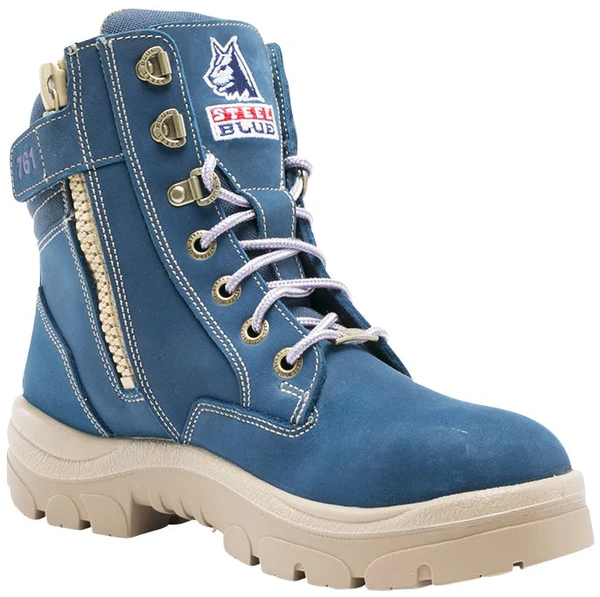
Do Women Need Different Work Footwear than Men?
Footwear plays a crucial role in ensuring comfort, safety, and overall well-being, particularly in industries. There is a high chance of workers facing hazardous conditions daily. Finding appropriate footwear has long been a challenge for women in safety-critical professions. The often-raised question is, do women truly need different footwear than men? As we strive for equality and inclusivity in the workplace, gender-specific footwear is not just a luxury but a necessity. Let us find out an answer to this interesting
Table of Contents
Anatomical Differences:
Men’s and women’s feet are not identical. They have distinct anatomical features. Women’s feet tend to be narrower, with a narrower heel in relation to the width of the ball of the foot. In addition, women typically have shallower big toes, lower insteps, higher arches, a smaller and higher Achilles tendon, and a more curved inner line than men do. These differences are not merely cosmetic but have significant implications on the design of women work boots.
Challenges of unfit Footwear:
Wearing unfit women work boots can lead to many problems in safety-critical industries. Loose footwear may require thick socks to compensate, leading to discomfort and overheating. Improper ankle protection can result in blisters, corns, and calluses. Moreover, inadequate arch support can contribute to foot fatigue and musculoskeletal issues over time.
Long-Term Health Implications:
The effects of wearing improperly fitting footwear extend beyond discomfort. Poorly fitting boots can compromise stability, increasing the risk of slips, trips, and falls. Furthermore, alterations in gait to compensate for ill-fitting footwear can lead to overuse injuries in other parts of the body, such as the calf, shins, and knees. These long-term health implications underscore the importance of addressing the footwear needs of women in safety-critical professions.
The Importance of Proper Fit:
Properly fitting footwear is not only a matter of comfort. It also holds employee safety on one side. Ill-fitting footwear can hinder mobility and agility, impairing the wearer’s ability to perform their job effectively. In safety-critical industries, where split-second decisions can mean the difference between life and death, ensuring that workers have footwear personalized to their needs is vital.
Addressing the Gender Gap:
Historically, the lack of gender-specific safety footwear has been a barrier for women entering male-dominated industries. When proper PPE is lacking, it is important to question the idea that women’s comfort and safety are secondary. By providing women with footwear designed specifically for their anatomical differences, organizations can promote inclusivity and diversity in the workplace.
Innovations in Footwear Design:
Recognizing the need for gender-specific footwear, many companies have taken steps to develop footwear to meet the unique needs of women. By collaborating with experts in foot anatomy and utilizing advanced manufacturing techniques, companies have produced footwear that fits and enhances safety and performance on the job.
To conclude
The question of whether women need different footwear than men has real-world implications for the health, safety, and well-being of women. By acknowledging and addressing the anatomical differences between men’s and women’s feet, we can ensure that all workers have access to footwear that perfectly fits and protects them to excel in their roles.








